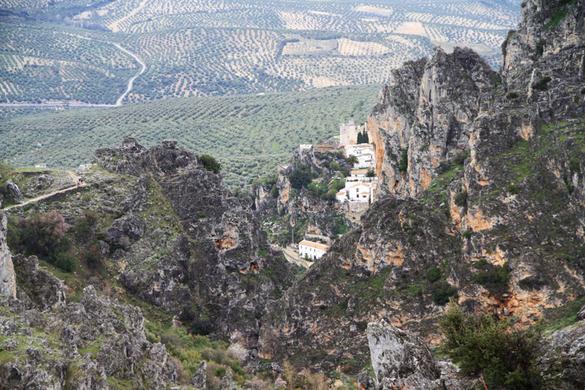TREKKING IN THE SIERRAS SUBBÉTICAS
|
In February of 2010, I traveled to Spain, invited by
the University of Alcala, to sit on a dissertation committee.
While there, one of the faculty colleagues invited me to a weekend
trekking in the Sierras Subbéticas, a mountain range in the province of Cordoba, in
Andalucia.
The participants were a group of about forty people from Madrid,
including some middle aged women, most of them well seasoned in the sport.
We set out at 11 am;
the trekking was to take three hours and cover about 16 km of mountainous terrain.
Well into the experience, our leader realized that he did not know the terrain well enough.
So he decided to scout ahead of the pack, leaving his second-in-command in charge.
After waiting for about an hour, the group realized that something had gone wrong.
To make matters worse, it was the middle of the winter,
it was raining heavily, and the clayey soil was soggy, so some of us were suffering.
Some in the group wanted to advance; others feared getting lost, so advised staying put. No decision had been made,
and time was running out. Soon darkness would fall and it would be next to
impossible for us to find our way out of that mountain.
Given the circumstances, despair was beginning to set in, when all of a sudden, we had a stroke of luck! Another party,
headed by an experienced guide, was trekking on the same route, so we joined
them. About a mile later, we found our leader, who was waiting for us there, wondering where we were.
Our party arrived at Zuheros, at the northern edge of the Sierra, three hours later than originally planned.
That night, we had a deserved rest at Cabra, on the western edge of the sierra.
So, the moral of the story is: Either know the route well, or trek during the summer.
| ||
|
|
